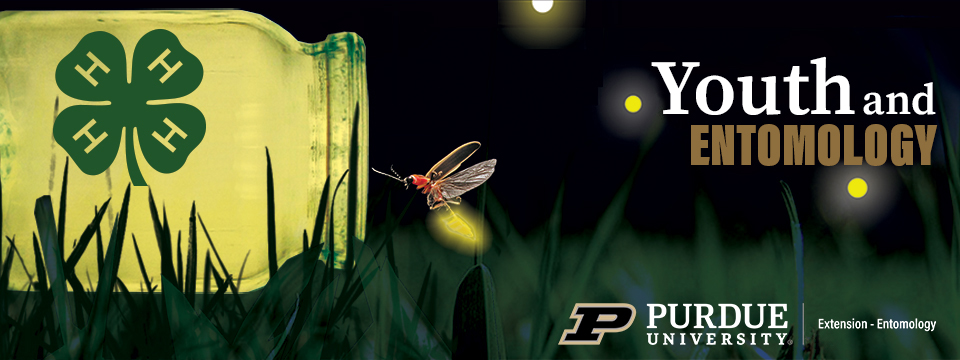Record Keeping
Records provide the historical data that can help a pest manager evaluate control techniques over time. In IPM programs, the pest manager collects data through monitoring and scouting activities, and keeps records on:
- Pests that are encountered
- Control strategies used, including pesticides and non-chemical controls
- The effectiveness of control methods
Records must include site-specific details, such as the size of the pest-infected area and its exact location, population estimates, damage amounts, symptoms, dates, and where appropriate, weather conditions leading up to pest infestation. Records maintained during previous years allow pest managers to make informed, science-based decisions when planning strategies for future monitoring, scouting, and control activities.
Thorough record keeping provides critical information that can be used to make future pest-management decisions.
When information about pesticide applications is combined with data on pest activity levels, the true success and duration of pest suppression can be measured. This information should always be used as a basis on which to make future pest management decisions.
What Records Should Pest Managers Keep?
With so much information to keep track of, pest managers need a way to organize the information that they collect. They do this through various reports and logs. Depending on the situation, pest managers will prepare and maintain the following:
- Inspection reports
- Pest-sighting logs
- Pest monitoring logs
- Pesticide application records
Inspection Reports
Pest managers generally conduct detailed inspections at the start of an IPM program and continue to provide monitoring throughout the program. Pest managers use inspection reports to document the results of these site inspections and to inform clients about the presence of pests or pest-conducive conditions. The inspection report is a thorough, room-by-room, plant-by-plant, or field-by-field assessment of the building, landscape, crop, or other site being evaluated.
In many cases, inspection reports include specific recommendations about how to correct a problem.
IPM Pest Sighting Log
The pest-sighting log is a useful tool in structural IPM programs, particularly in schools, hospitals, nursing homes, and industrial settings. The first entry in a pest-sighting log is simply a record of pest sightings made by building occupants, including:
- Location of sighting (as precisely as possible)
- Types of pests sighted
- Numbers of pests sighted
- Date
The pest manager consults the pest-sighting log, investigates the recorded observation, then adds the pest identification and recommended actions to the log. When the recommended actions are completed, the date of completion is filled in by the pest manager.
Pest-sighting logs are kept in a convenient location on site and consulted by pest managers during routine inspections. The pest-sighting log identifies the problem areas where the pest manager needs to follow up and ensures ongoing communication between clients and the pest-control professional. More importantly, it involves building clients in the process of pest control, which is the first step toward educating them about how their daily practices influence pest populations.
Pest Monitoring Log
Monitoring is an important part of any IPM program. A pest-monitoring log is a simple record of the number and type of pests encountered by the pest manager during scouting or visual inspections.
Monitoring logs serve both a preventive and an evaluative role in the IPM program. They are preventive because information obtained through monitoring can indicate the need for an immediate control action. They are evaluative because a review of long-term records reveals general trends in pest populations that can be used to evaluate the success of specific control measures, in particular, or the success of the IPM program, in general.
It is standard practice among commercial pest management services for the pest manager to provide the client with a report or invoice that describes:
- The action performed
- The cost of the service
In IPM programs, the service report is expanded to include:
- Information about the pest species encountered
- Documentation of conditions that promote pest activity
- Non-chemical control recommendations, such as repairing leaks or removing clutter
Pesticide Application Records
Many states have laws that require documentation for pesticide use. In most cases, the following records must be maintained for some set period of time (it is important to find out what laws pertain to your state):
- Pesticide applied (brand name and active ingredient)
- U.S. Environmental Protection Agency (EPA) registration number
- Formulation
- Rate of application
- Location of application
- Time and date of application
For most pesticide applications it is a good idea—and in some states, a legal requirement—for the pest manager to provide the client with a copy of the EPA pesticide label and Material Safety Data Sheets (MSDS). Pesticide applicators, landscape managers, and facility managers should consult federal, state, and local regulations with regard to keeping pesticide application records to be sure that they are in compliance with all legal requirements.
|
